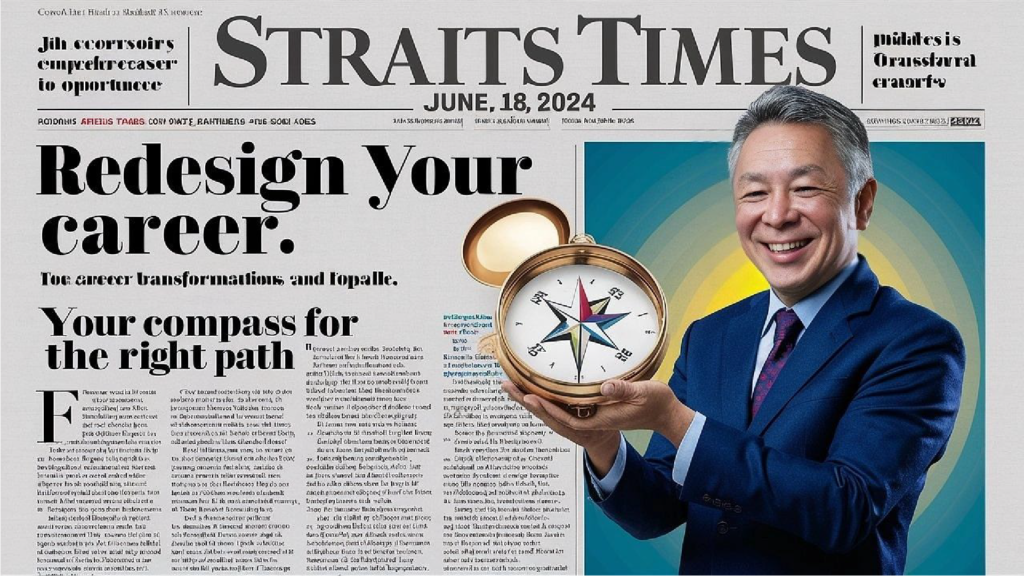I frequently emphasize to young designers the importance of designing efficiently; creating visually appealing designs is only the beginning. Our priority is to assist clients or stakeholders in solving problems with effective creative solutions. Based on my experience, I’ve outlined three stages with six steps to achieve this.

Step 1: Understand the Project Context
Begin by thoroughly understanding the project’s background and its environment. This involves researching the industry, identifying key stakeholders, and analysing existing materials and information. Grasping the context helps to design efficiently, framing the right questions and laying a solid foundation for the project.
Step 2: Define the Project Objectives
Clearly define the project’s objectives. What is the project aiming to achieve? This might include increasing brand awareness, boosting sales, enhancing user experience, or other specific goals. Understanding the objectives ensures that every subsequent step aligns with these goals, providing direction and purpose throughout the design process.
Step 3: Identify Potential Challenges
Identify any potential challenges or obstacles that could impact the project’s success. Recognise both internal and external factors, such as resource limitations, tight deadlines, competitive landscape, and technical constraints. By identifying these challenges early, you can develop strategies to address or mitigate them, ensuring smoother project execution.
Step 4: Research Potential Solutions
Conduct thorough research to explore potential solutions to the identified challenges. This might involve studying industry trends, analysing competitors, gathering user feedback, and leveraging new technologies. The aim is to generate a variety of innovative ideas and approaches that effectively address the project’s objectives and challenges.
Step 5: Develop a Concept
Based on the research and potential solutions, develop a concept that aligns with the project’s objectives and addresses the identified challenges. This concept should be creative, practical, and innovative, providing a clear vision for the project’s direction. Integrate insights from the research phase to ensure it is grounded in real-world feasibility.
Step 6: Prepare a Comprehensive Proposal
Prepare a detailed proposal outlining the developed concept and the design rationale behind it. Explain how the concept meets the project’s objectives, addresses the challenges, and incorporates research findings. To design efficiently, this document serves as a comprehensive guide for stakeholders, illustrating the thought process and strategic planning behind the proposed design. Include visual representations, timelines, and resource requirements to provide a complete picture of the project plan.
Let’s collaborate to create exceptional designs!


